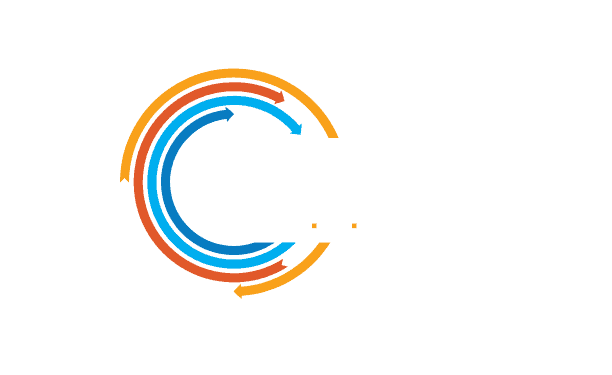How Do I Spot a Cracked Heat Exchanger?

At Ben’s Heating & Air Conditioning, we take the safety of our customers in Oregon very seriously. That’s why we want you to know how to spot a cracked heat exchanger.
In your gas furnace, the heat exchanger is made of metal coils designed to absorb and transfer heat. The most common cause of a cracked heat exchanger is overheating. Issues that can cause overheating include poor maintenance, a clogged air filter, combustion problems, or worn-out pressure valves.
Ruptures in the coils will emit harmful gases, such as carbon monoxide (CO), nitrous oxide, and sulfur dioxide. CO leaks cause over 20,000 emergency room trips, 4,000 long-term hospitalizations, and 400 fatalities in the United States every year, according to the Centers for Disease Control and Prevention (CDC). If you suspect you may have a CO leak, evacuate your home and call 9-1-1 immediately.
Five Signs of Heat Exchanger Damage
Keeping up with seasonal maintenance visits will greatly reduce the risk of your Portland furnace overheating. Still, it’s a good idea to know what to look out for and what action to take. Here are five signs of heat exchanger damage:
1. Strange Smells
A cracked heat exchanger sometimes produces a putrid “chemical” smell. This is one of the more immediate giveaways. However, remember that CO produces no odor. If anyone is experiencing physical symptoms in your household and you suspect a gas leak might be responsible, seek medical attention immediately and call for help.
2. Puddles Near Your Furnace
Water or condensation coming from your furnace is a sign that it needs repair. The culprit may be something more benign, like a clogged condensate drain. However, cracked heat exchangers can also produce flooding.
3. Discoloration or Black Soot
If you see soot anywhere on your furnace, you should be concerned. The fine dark powder is a byproduct of incomplete burnt carbon. Carbon that doesn’t fully burn also produces CO. This sign could point to a cracked heat exchanger. Or, it could mean your burners aren’t correctly adjusted. Both issues could pose a serious health risk due to CO fumes.
4. Damaged Exterior of your Furnace
Old, beat-up furnaces are more prone to heat exchanger failure. A well-maintained furnace will last anywhere between 15 to 30 years. Assess the condition of your furnace, check manufacturer recommendations and be sure to schedule a replacement if it has expired.
5. Health Symptoms
As previously mentioned, if you believe there is a gas leak, evacuate immediately and call 9-1-1. Early CO exposure symptoms include headaches, nausea, dizziness, and chest pains. More severe symptoms include vomiting, delirium, and fainting. Children and the elderly tend to be more sensitive.
Maintain Your Furnace
Preventative maintenance always plays a vital part with your heating, ventilation, and air conditioning (HVAC) system. Ask about our company maintenance plans that save money and keep your equipment running efficiently.
Your HVAC air filter helps maintain your indoor air quality (IAQ). Be sure to change the filter every 90 days—more so if you have pets or someone who smokes inside your home.
Call Ben’s Heating & Air Conditioning to Fix Your Furnace
If you detect any problems with your Portland, OR, furnace, turn it off, and give us a call. In many cases, our licensed experts can spot minor issues before they turn into a costly problem. Call us at 971-217-9229 or request service online today.
Need HVAC Service?
Contact the experts at Ben's Heating & Air Conditioning.
Call us at 503-233-1779!
